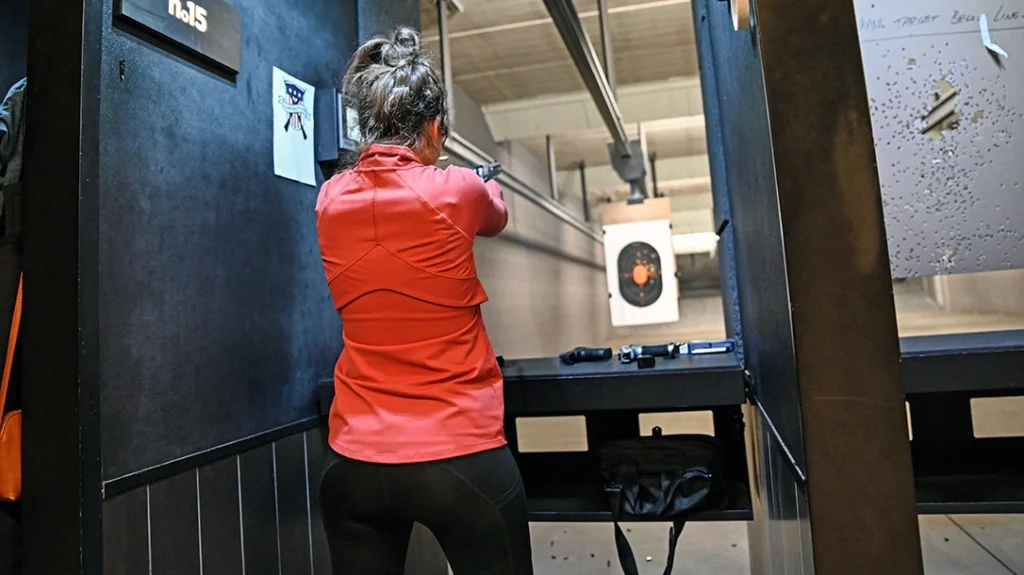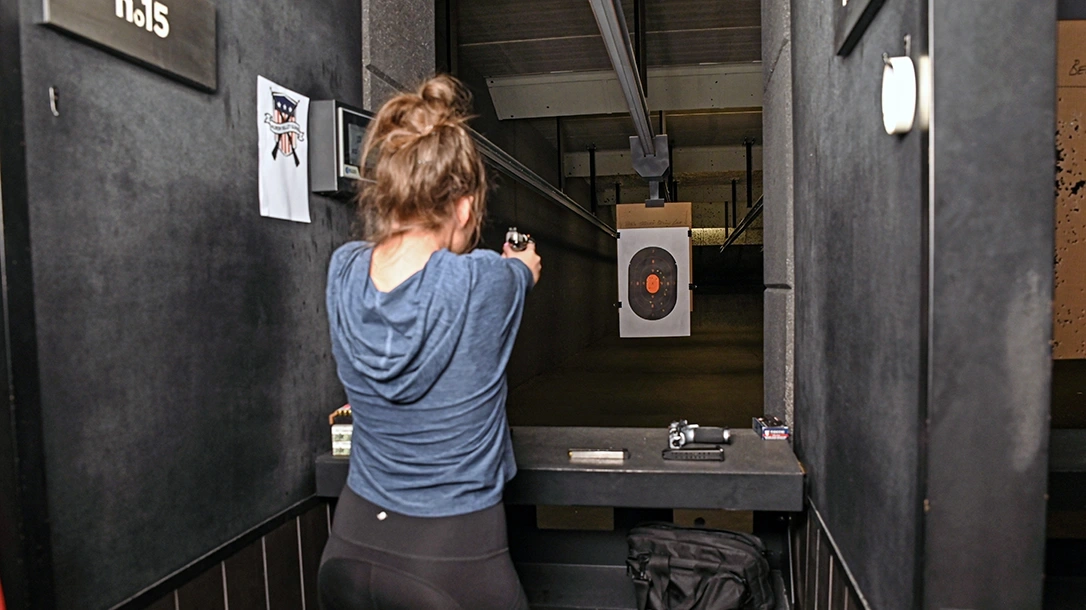Whether indoors or outdoors, the firing range is a place where shooters can learn, explore, strengthen their skills, and even create lifelong friendships. As a result, it is essential to recognize that the type of range you choose plays a fundamental role in how successful your shooting journey can be. So, we will discuss the pros and cons of public vs private gun ranges.
Know the Difference: Public vs Private Ranges
Public ranges are open to everyone and are typically operated by government agencies or private companies. In contrast, private ranges tend to be more exclusive and operate using a membership-based system. To determine which training facility best fits your needs, let’s dive into the advantages and disadvantages of both range types.
Advertisement — Continue Reading Below
Affordability
One major benefit of public ranges is that they are inexpensive. Price points range anywhere between $10.00 and $30.00 per session. However, because of their affordability, many people find that public ranges can quickly become overcrowded. So, private ranges are an option worth considering.
While private ranges are less populated and often a quieter place to train, they do operate on a membership-based system. So, not everyone can attend. A basic membership fee at a private range can vary from $20 to $350 annually. However, a premium membership can cost an individual $3,000 to $5,000 per year.
It is important to recognize that every gun range will have different price points for its sessions. To find an option that best fits your budget, it is highly recommended that you do your own research.
Advertisement — Continue Reading Below
Range Amenities
From providing shooting lanes for pistols, rifles, and shotguns to having rental equipment readily available, both private and public ranges offer an assortment of amenities. However, out of the two training facilities, private clubs tend to offer more luxury accommodations. As a result, they can create a comfortable and quieter shooting experience.
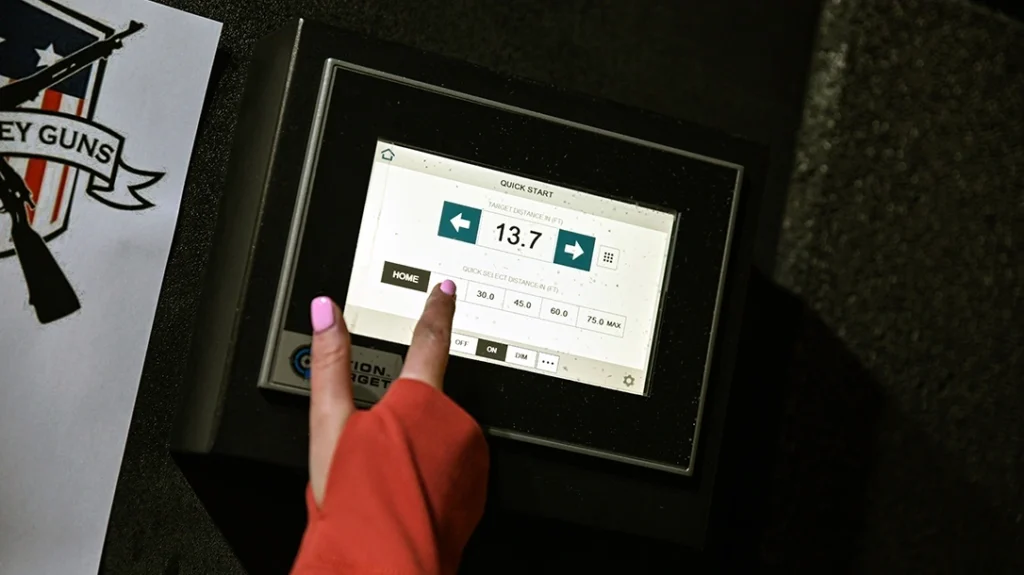
These establishments typically feature training courses, competition for members, and advanced heating and cooling systems. Many private ranges also supply electric target carriers, which is great for those who are serious about their training. Furthermore, depending on the private facility you choose, these ranges may also provide member lounges, on-site firearm cleaning areas, and even dining.
Advertisement — Continue Reading Below
Accessibility
One advantage of public ranges is that anyone of any skill level can join. In contrast, private ranges are typically only available to people who either pay for membership or are invited by a current member. However, in some circumstances, there are private facilities that will allow the public to purchase a day pass.
Training Capabilities
For many beginner shooters, public ranges are a great place to take a basic safety course, which teaches individuals safe firearm handling and core shooting fundamentals. These classes are typically done in a group environment. So, they might not be ideal for someone who learns better in a one-on-one setting.
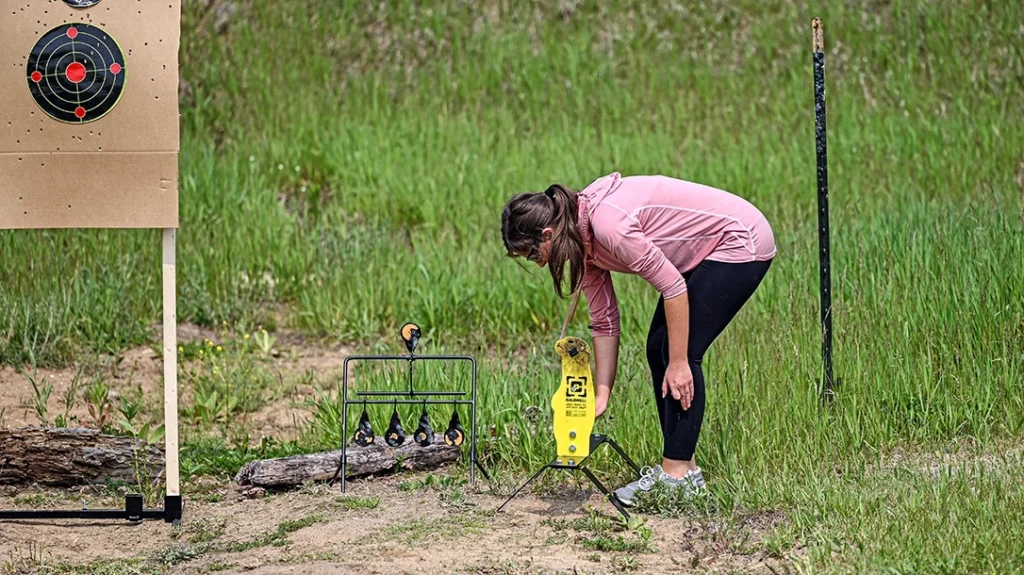
Advertisement — Continue Reading Below
One key benefit of private ranges is that they offer personalized training sessions to fit your needs and skill level. Novice shooters have the opportunity to take basic safety courses, while advanced shooters can participate in defensive marksmanship classes. Additionally, due to the controlled environment, private clubs may also offer concealed carry training courses.
Range Safety
Following the universal safety rules—wearing eye and ear protection, and listening to commands given by Range Safety Officers—are protocols that private and public ranges enforce to maintain a safe shooting atmosphere. However, every range will have different rules that its participants are expected to obey.
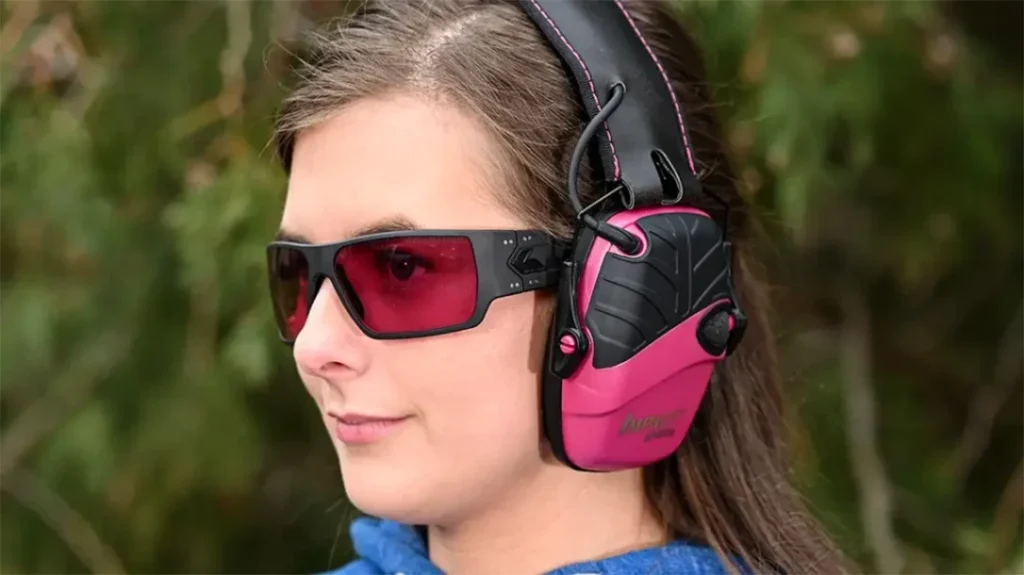
Advertisement — Continue Reading Below
What may be authorized at one range may get you kicked out and banned at another. Since public ranges are open to everyone, especially those with little to no shooting experience, Range Safety Officers supervise shooting lanes and enforce rules.
In comparison, private clubs will also employ Range Safety Officers. However, they offer designated areas where their members, especially advanced shooters, can train without supervision.
Final Thoughts
Overall, public ranges are an inexpensive and accessible option that provide basic firearm safety and education courses. This makes them ideal for new shooters. Private ranges, on the other hand, are more costly but offer additional amenities and may even give members the independence to train in unsupervised areas.
Advertisement — Continue Reading Below
Focus on factors such as cost, accessibility, amenities, safety measures and protocols, and the type of training provided. This will allow you to easily determine what type of training facility will best fit your needs for a comfortable and successful shooting experience.
